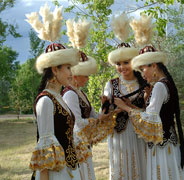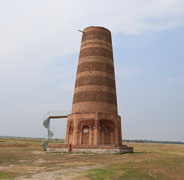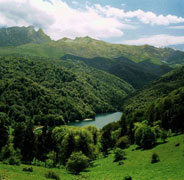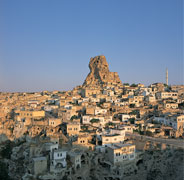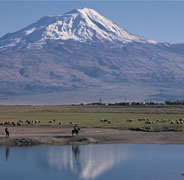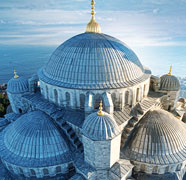Khorezm
Khorezm is the oldest and truly unique region of Uzbekistan. The first records of Khorezm are noted in the book of Zoroastrians “Avesta”, that’s why this region is considered one of the cradles of human civilization. At the beginning of the 1st Millennium AD, a powerful state of the Khorezmshahs was formed here, which later fell from the invasion of the army of Genghis Khan.
Famous scientists Beruni, Al-Khorezmi, Zamakhshari, and Ogakhi worked in Khorezm. Here was founded the first Academy of sciences in Central Asia, called "Mamun Academy".
"The land of a thousand fortresses" – this is how Khorezm is called for the huge number of ancient monuments located on this territory. Ancient settlements with a thousand-year history, palaces, mosques, minarets-here literally every stone breathes history.
The heart of the region is Khiva - a unique open-air museum city, with more than 2,700 years old history. The historical center of Khiva is decorated with the famous Ichan-Kala fortress and the Dishan-Kala complex, included in the UNESCO World Heritage List. The pearls of Khiva are the Kalta Minor minaret, the Juma Mosque with 218 carved columns, the Islam Khoja minaret with a height of 56 meters, considered a symbol of Khiva, the Tash-Khauli Palace, the Kunya Ark fortress and the mausoleum of Pakhlavon Mahmud, the Nurullabay Palace, the Muhammad Aminkhan madrasah and many others.

